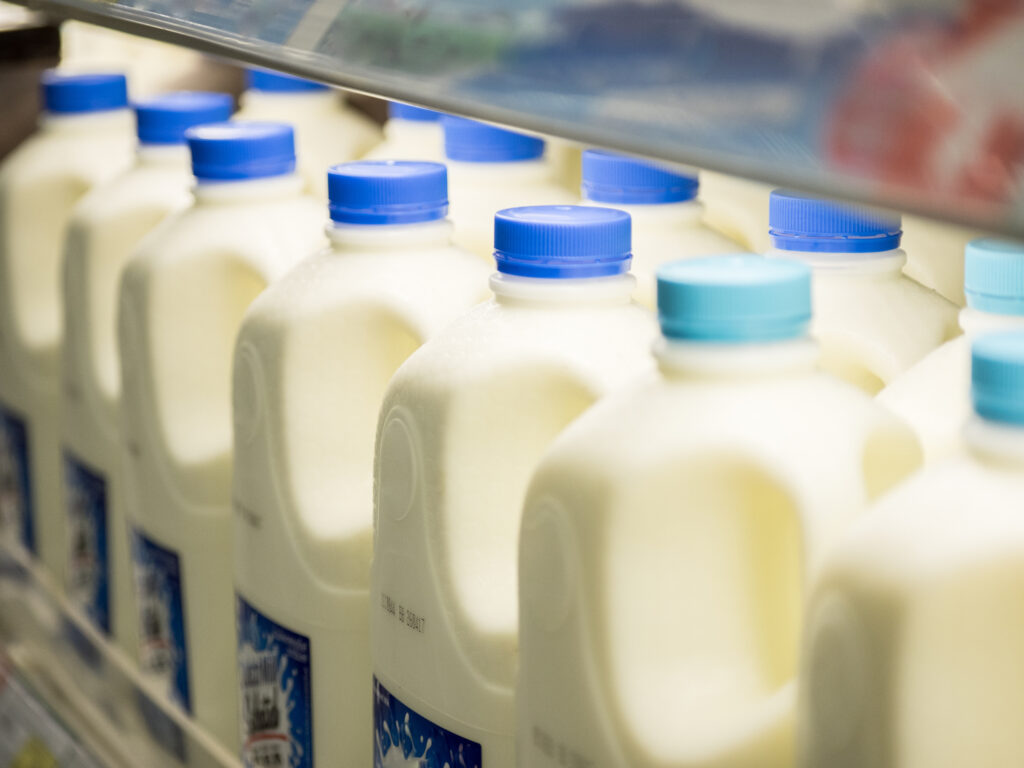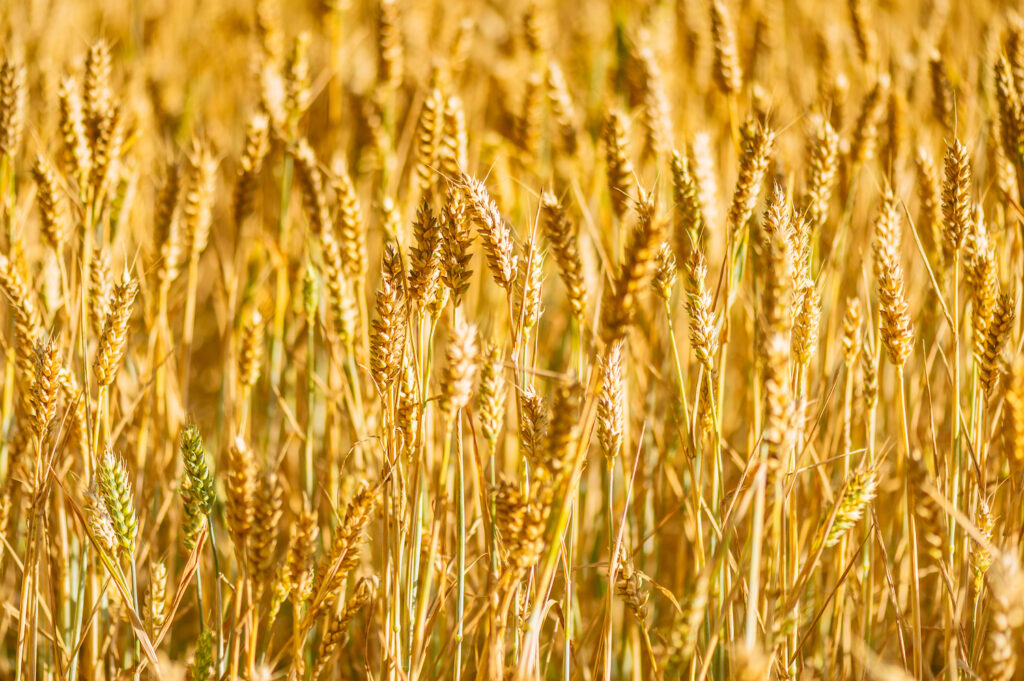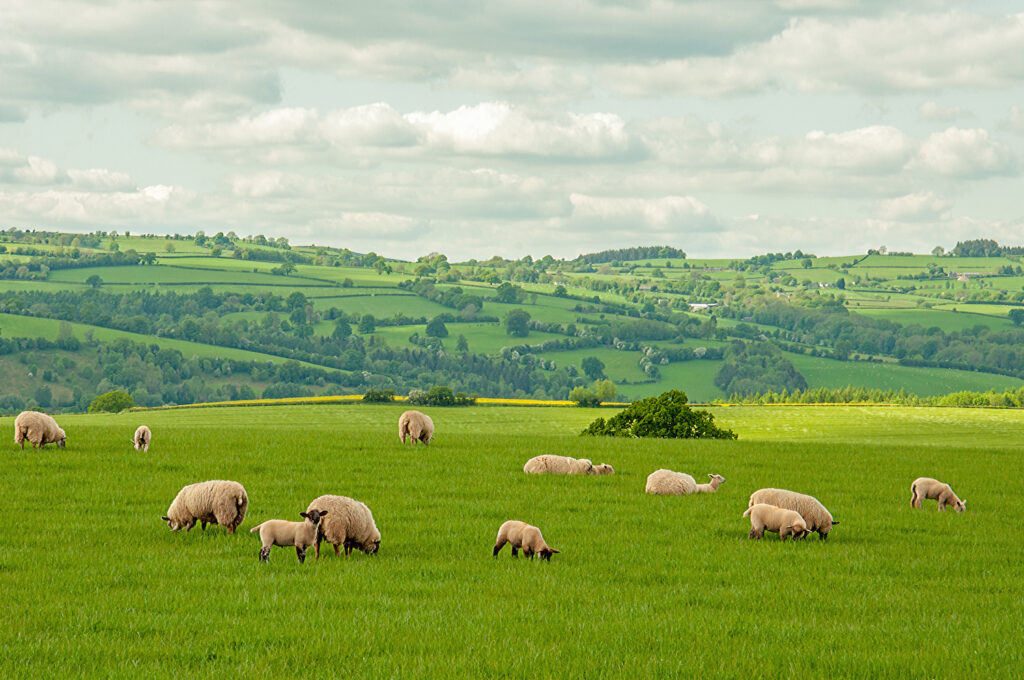Cost of living crisis to hit farm business margins in 2023, AHDB predicts
10th February 2023
AHDB has produced its latest Agri-market Outlook, which explores the factors likely to affect farm businesses.
High inflation, lack of flexibility in the labour market and the impact of the cost of living on consumer demand will continue to impact farm business margins this year, according to AHDB’s latest Agri-market Outlook.
Farms are facing a combination of higher input costs and a price sensitive consumer market for their produce.
Beef, lamb and dairy production are all forecast to grow, while consumption is expected to decline due to cost of living pressures on consumers.
Pig meat production, however, is set to decline by up to 15% year on year in 2023, while a gradual recovery in the breeding herd is expected. Imports are set to grow to make up for reduced domestic supplies, while exports are predicted to decline.
Meanwhile global price strength for cereals is expected to continue, while price volatility is forecast to continue with the war in Ukraine ongoing. For oilseeds, a sizeable increase in area for harvest 2023 is expected as a response to historically high prices in the last 18 months.
AHDB economic strategist Sarah Baker, said: “The main issue with inflation is it drives down the real rate of growth in an economy, erodes households’ disposable income and leads to more cautious spending patterns. Coupled with rising input costs for farmers, the industry will face ongoing dual challenges this year.
“As inflation subsides, it doesn’t mean that prices are dropping, rather that they have stopped rising as quickly as they were before. Therefore, peoples’ living standards will take some time to catch up, depending on income growth. Consumer confidence, along with demand, will take some time to recover, despite inflation dropping as it is expected to during 2023.”

Global dairy demand is likely to remain challenged by low economic growth, although there is potential for improved import demand from China later in the year. Domestic demand is also expected to be impacted by a squeeze on consumer incomes, with all products seeing lower sales.
Key findings from the report:
Beef:
Production is forecast to grow slightly in 2023, by 0.6%, due to higher availability of cattle. But as consumers face pressure on budgets due to the cost-of-living crisis, consumption is expected to fall by 2%. It’s predicted that imports will fall by around 2%, driven by easing domestic demand, while exports could grow by about 3%.
Lamb:
An increase in production is forecast for this year, driven by higher carry-over and a broadly stable lamb crop. Consumption will weaken, again linked to tighter consumer budgets, according to predictions. Imports are expected to ease year on year as a result of weaker domestic demand, whereas exports will grow, supported by continual demand from the EU.
Pork:
AHDB predicted that pig meat production will decline by up to 15% year on year in 2023, driven by a reduction in clean pig kill in the first half of the year, following a significant drop in the breeding herd. A gradual recovery in the breeding herd is expected, with numbers predicted to increase by 7,000 head between June 2022 and June 2023.
Imports are expected to grow to match the gap left by reduced domestic supplies, while exports are projected to decline as available domestic supplies tighten. Domestic demand continues to ease, driven by the cost-of-living crisis reducing retail sales and eating-out demand.
Dairy:
Forecasts suggest GB milk production will record marginal growth this year, in the region of 0.3%. However, there is some risk of a contraction in production if margins deteriorate.
Despite some recent signs of lower inflation in agricultural input costs, replacement costs through 2023 will remain high, putting pressure on cash flows.
Global dairy demand is likely to remain challenged by low economic growth, although there is potential for improved import demand from China later in the year. Domestic demand is also expected to be impacted by a squeeze on consumer incomes, with all products seeing lower sales.
Farmgate prices are expected to decline in the first half of 2023, with some potential for this to abate in the second half if inflation subsides and demand recovers.

Exports are forecast stronger year on year for wheat and barley, due to increased domestic grain availability.
Cereals:
Despite an increase in domestic wheat and barley availability this season, global price strength continues to provide a support level for domestic grain values. Price volatility is expected to continue, with a finely balanced global supply and demand, and the war ongoing in Ukraine.
Domestic winter crops for harvest 2023 are faring well, though fertiliser cost and application remain a key watchpoint.
Exports are forecast stronger year on year for wheat and barley, due to increased domestic grain availability. Oat export forecasts remain historically strong, though this season’s levels will be led by farmer selling and competitiveness on the global market.
Animal feed demand, and cereal usage, is expected to fall this season considering sector challenges – from high input costs to avian flu. Brewing, malting, and distilling cereal usage is forecasted to be strong, with increased capacity coming online. A key domestic demand watchpoint remains bioethanol cereal usage, considering high costs and lower ethanol prices.
Oilseeds:
An increase in domestic production for rapeseed will slightly reduce the demand for imports. However, imports are forecast to remain historically high due to the UK domestic demand outweighing domestic production.
A sizable increase in area for harvest 2023 is forecast in reaction to the historically high prices over the past 18 months. Crops are faring well although there are reports of area loss due to on-going pest pressure.
Global supply and demand of rapeseed have both increased on the year. Increased availability in the EU is adding to price pressure and improving processor margins. EU crush demand is increasing on the year. Domestically demand is expected to remain strong despite the closure of Hull at the end of 2022.
Ultimately rapeseed prices over the next six months will largely be driven by the direction of the soyabean market, which await a historically high South American crop.

